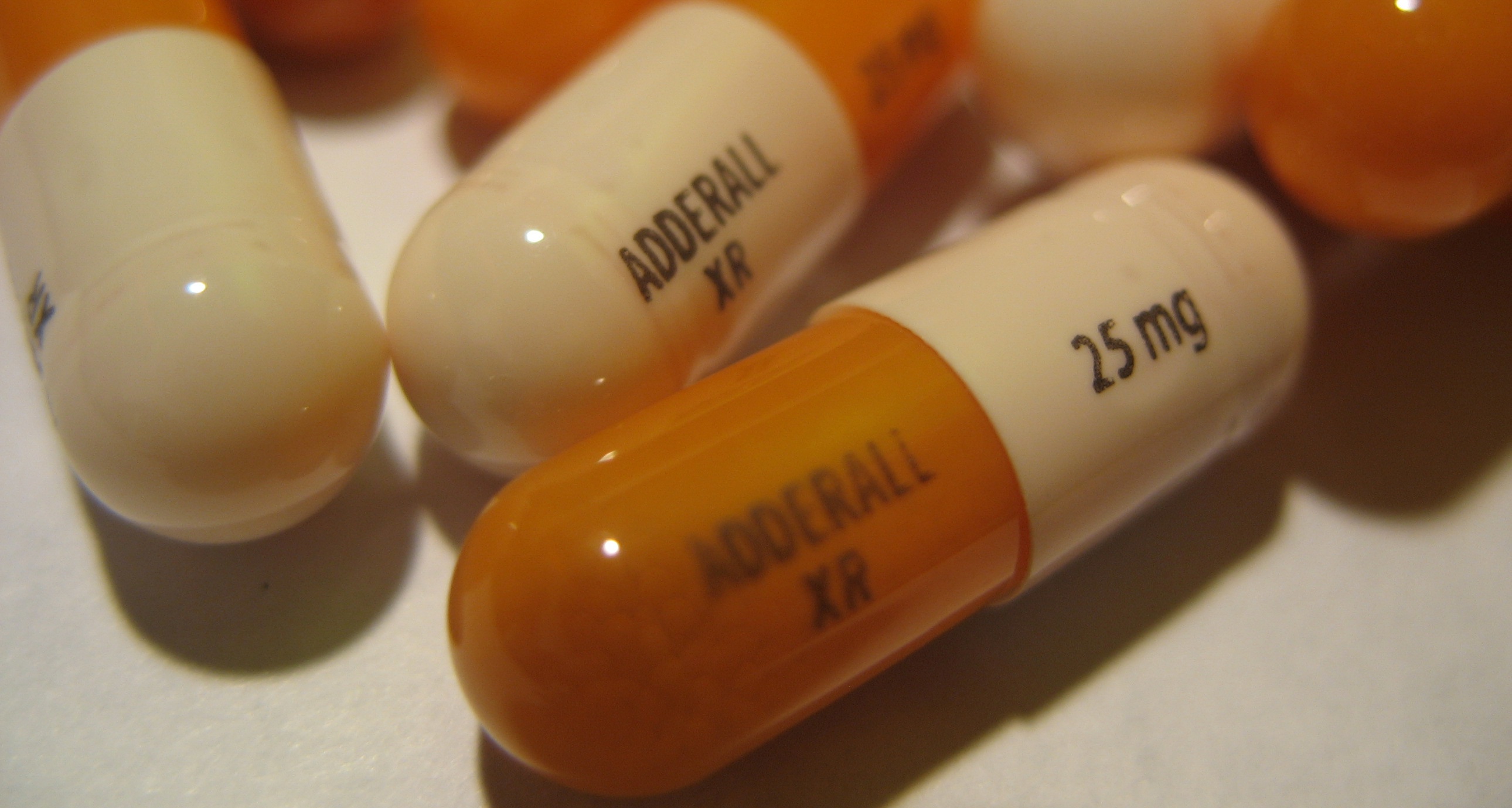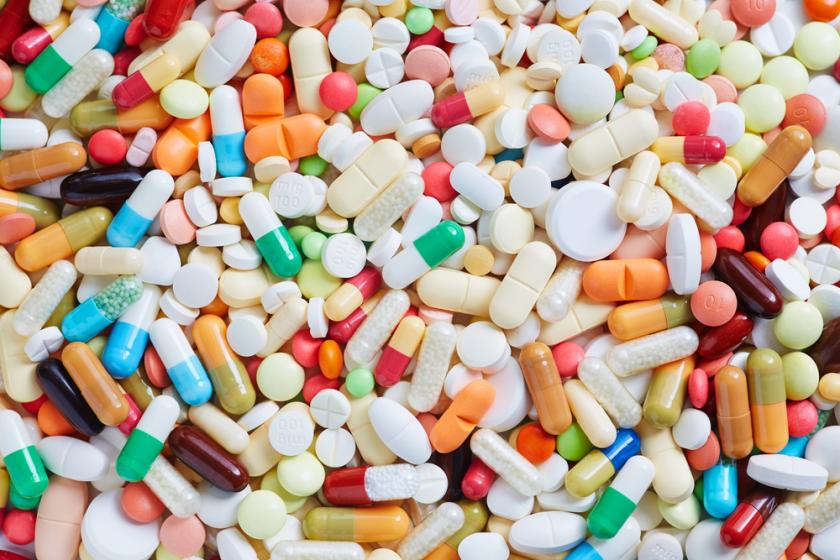Do you want to excel in all your classes, work a part-time job, pound out that honors thesis paper, ace those standardized exams, keep up with all your extracurriculars, and on top of that have enough time for a social life? What if, in fact, a “miracle drug” existed that could help you cram everything into your hectic schedule and on top of that make you feel mentally alert, as if you had an edge on everyone on that organic chemistry final? Hundreds of thousands of college students are discovering this “miracle drug” in the form of Adderall, with Adderall sales escalating 3100% from 2002 to 2005 alone.
Adderall is an amphetamine-based psychostimulant used to treat ADHD (attention deficit hyperactivity disorder) and a sleeping disorder called narcolepsy. This so-called miracle “study drug” works by inhibiting dopamine reuptake transporters in our neurons. Essentially, instead of reabsorbing and recycling the neurotransmitter after its neurophysiological effects have taken place throughout the body, Adderall mimics the chemical structure of dopamine and blocks the receptors on the reuptake transporters, causing dopamine to remain at concentrated levels in the blood for extended periods of time. This results in the feelings of intense euphoria, mental dexterity, increased concentration, and almost machine-like efficiency that have many students opting to abuse this drug for that added boost in their stressful academic lives.
But is a short-term, temporary surge in productivity and heightened concentration worth the long-term health risks this drug poses? While many students believe that they can take the drug recreationally and “stop whenever they want”, this is oftentimes simply not the case. Adderall is classified as a Schedule II drug by the Controlled Substances Act for the United States, meaning that it has addictive properties, high potential for being abused, and misuse may lead to serious physical and psychological dependence on the drug. Moreover, it is a federal crime to use a Schedule II drug without a prescription from a physician for a legitimate medical reason. Adderall affects primarily a portion of the brain known as the nucleus accumbens, which is often associated with drug addiction. It regulates the “punishment and reward” center of our brains and overstimulation of this area, which many recreational drugs directly stimulate, often leads to long-term addiction. In addition to its addictive properties, Adderall can also lead to elevated blood pressure, weight loss, dilated pupils, heart palpitations, increased heart rate, and other dangerous cardiovascular problems. In more extreme cases, Adderall abuse even causes symptoms such as hallucinations and psychosis.
One in five college students admit to abusing Adderall in order to enhance academic performance while not being clinically diagnosed with ADHD. To an extent, Adderall use to gain a mental advantage in the academics can be compared with the illegal use of steroids and performance enhancers in competitive sports—in other words, an unfair, illegal edge. Before taking this widely abused drug, ask yourself if the long-term risks are worth it, and if the unfair advantage you’re gaining from a chemical substance truly reflects your success as a student.
Article by Katherine Wei
Feature Image Source: USA Today College
























